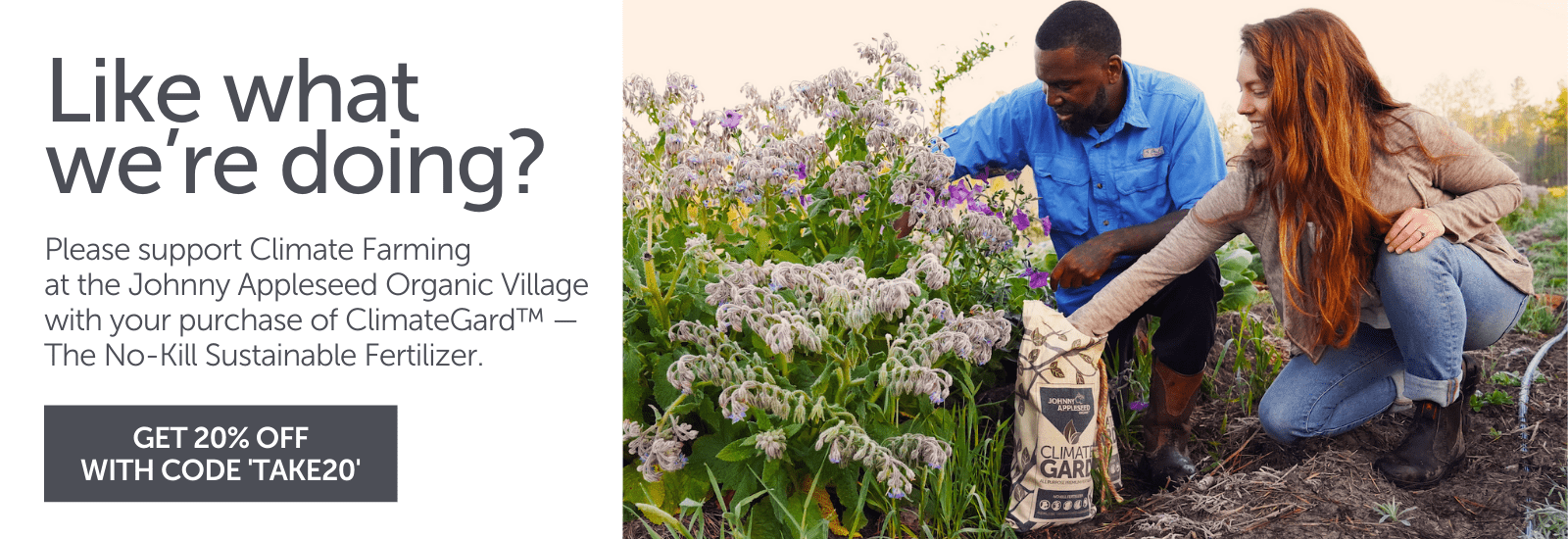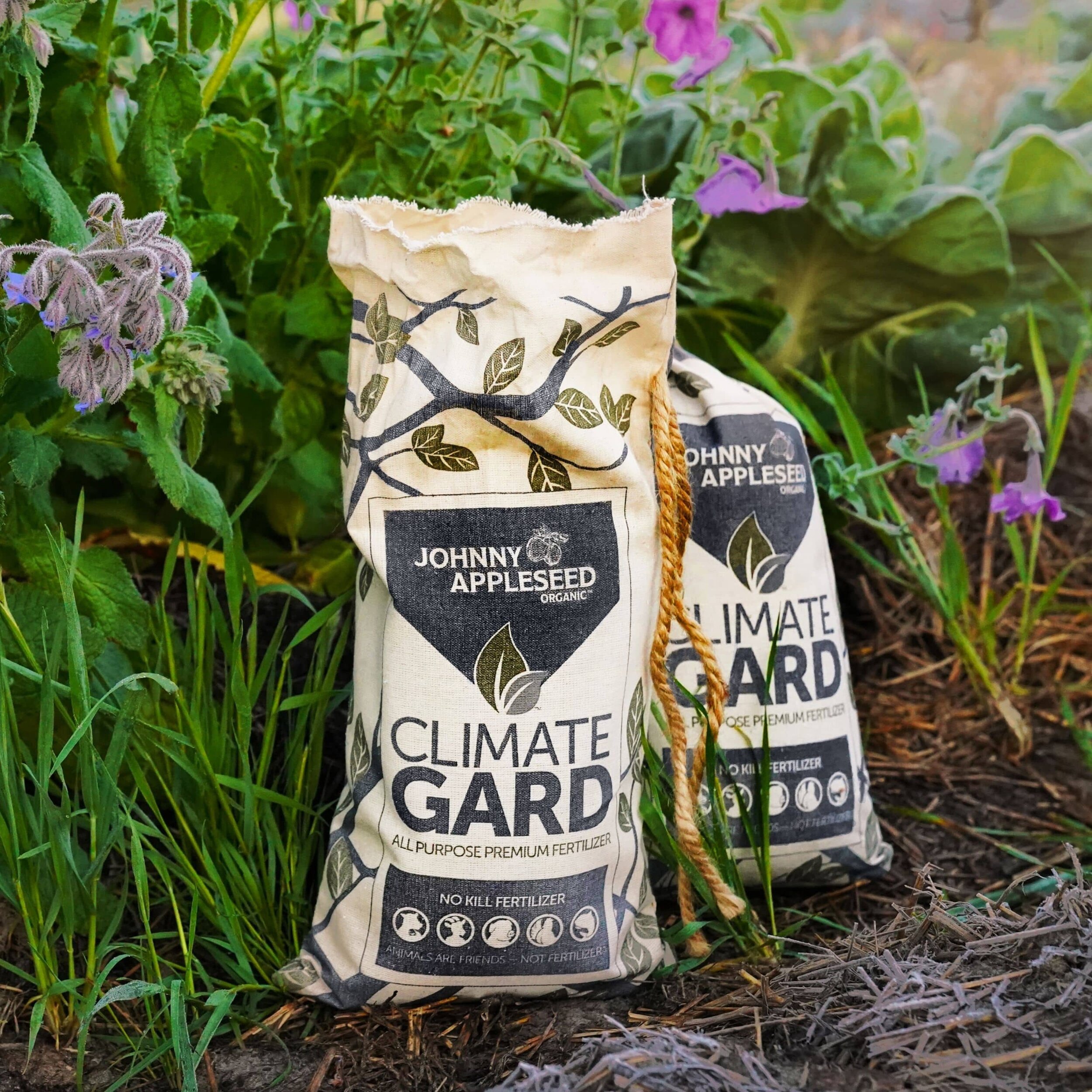A Seed Starting Checklist for Every Budget
By Shannie McCabe
Depending on your gardening goals (and your budget), seed starting can be an elaborate production or a low-cost endeavor. As gardening season approaches, it is wise to assess your budget and make a checklist of your essential seed starting equipment.
Germinating seeds is the very first step to gardening. While there are some money “hacks” that can reduce seed starting costs, a few items are worth the investment in order to improve your chances of uniform germination and healthy plants.
Seed Trays
You can choose a budget method or a more pricey (but still reasonable) new seed tray and pot set up for seed starting. Be sure to think about what crops you will be starting and assess whether or not these seeds will need extra care and attention. More needy crops such as peppers, eggplants, tomatoes and some perennials — especially those that require a seed heating mat — should be grown in a seed tray with good drainage holes and appropriately sized cells. For easy-to-germinate crops such as lettuce, kale and some flowers, you can use budget seed trays freely, as these varieties will not fuss about their container or conditions.
Seed Trays on a budget: This is one category where you can safely choose a budget method and still expect quite a high rate of success! You can try anything from homemade folded newspaper pots to egg cartons, eggshells and recycled plastic containers such as yogurt cups. Just remember that all seed trays, no matter the material, need to be sterile (to avoid pathogens and disease). If you reuse old pots or other used plastics, be sure they are squeaky clean. Be sure that containers are appropriately sized to your seeds and plants. (Eggshell halves only hold a few teaspoons of dirt and should only be used for small seedlings!) Also, provide drainage holes to any non-porous plant pots/trays.
Seed Trays for Reliability: If you want solid, reliable choices for seed starting, purchase new seed trays or reuse very lightly used trays (always sanitize used trays and pots). Plastic seed starting trays are named for the number of individual cells in a tray. A 72-cell tray is an excellent choice for seed starting. After the small seedlings take root and become strong, you can “up pot” the seedlings to 6 packs, 4 packs (the way seedlings are sold at garden centers) or pots that are 1.5- 4 inches across. Cowpots, made from composted cow manure, are another great choice for seed starting. Or you can invest in a soil block maker and eliminate the need for pots entirely! It takes a bit of trial and error to figure out proper soil moisture with the block maker, but once you get the hang of it, you’ll find the reduced use of plastic a huge bonus!
Seed Starting Soil
Never skimp on soil. Finding a quality seed-starting medium is very important for reliable germination and healthy plants. Many new gardeners make the mistake of digging up some garden soil to fill seedling trays. Seed starting soil needs to be sterile, very light weight, fine and well drained — adjectives that don’t apply to most garden soil! If there is one thing to spend your money, time and effort on, it's your starting soil. Fortunately, there are a few hacks for those determined to save a buck.
Seed Starting Soil on a Budget: Instead of buying a pre-made mixed bag of seed starter, you can mix your own. Keep in mind that ingredients should be sterile and fresh (and unused is best). A popular recipe for starting mix is one part coconut fiber (an eco-friendly alternative to peat moss) to one part perlite (a volcanic material that aids in aeration, making the mix more well draining). Mix thoroughly and fill trays. Alternatively, you can make a 1 part coconut fiber, 1 part perlite, 1 part vermiculite mix to make things even finer and better drained. Still another option is to make your own high-quality compost or worm compost, but you will want it to be very well managed to ensure that there are no lingering pathogens. You will also need to screen your compost to ensure that it is fine enough. For this mix, use one part compost to one part perlite.
Seed Starting Soil for Reliability: Well-balanced, well-drained seed starting mixes are available for purchase. Try one that is peat free and boasts micronutrients!
Bottom Heat
Some seeds, especially those in the tomato family, require a very warm soil in order to germinate. Be careful when using any electrical heat sources, as your seed trays will be getting wet. Do not try to cut corners by using things like electric blankets — these can cause fires!
Bottom Heat on a Budget: Many gardeners will place seed trays on a warm surface such as the top of a refrigerator; but please always keep safety in mind!
Bottom Heat for Reliability: Horticultural heat mats are an excellent, fairly low-cost way to ensure even germination. Super hot peppers really require a heat mat for good germination. Be sure to buy a mat that includes a soil thermometer in order to keep the mat set to an appropriate temperature.
Supplemental Lights
Light is required as vegetable plants are germinating and establishing themselves as seedlings. There are different wavelengths of light, from red (which is generally better for flowering and fruiting) to blue (which is generally better for leafy growth). Color temperature of lighting is expressed in kelvin units (K). Red ranges from 3,500 to 4,500K; blue light ranges from 5,000 to 7,000K.
The most economical option is always to germinate seeds in the natural light of a warm, non-drafty, south-facing window, or better yet a sunroom or greenhouse. However, many gardeners do not have access to these amenities, so supplemental lights may be the answer. Finding a balanced light to mimic the sun’s rays will encourage fast, healthy growth in the seedling stage. Place lights close to the seedling tray — about 3-4 inches above the plants is ideal. This close proximity is why a cool-burning light is important.
When considering light choices, it’s important to know about lumens, watts and kelvin units, as they will be listed on the product’s description. A lumen is the amount of light emitted per second from any particular light source. Lumens, or brightness, trigger photosynthesis in plants. For best growth, aim to provide 800-1,600 lumens per square foot to your plants. A watt is a measure of energy consumption. For the most energy efficient growing, buy lights with high lumens and low wattage.
Supplemental Lights on a Budget: A window or sunroom is the cheapest choice. Growers in more mild climates can also place seed trays in a cold frame to protect against critters and the elements while allowing the seeds to soak up plenty of sun. Indoor growers with no access to light can purchase inexpensive fluorescent shop lights — but don’t forget to put them on a timer or manually turn them on and off. It is best to run supplemental lighting for no more than 18 hours a day. A bonus of fluorescent lights is that they burn cool, which means they will not overheat the plants’ foliage. Hang the lights on a chain above the trays so that you can raise (or lower) the lights as the plants grow taller.
Supplemental Lights for Reliability: LED lights are considered the best all-around option. They can omit more lumens, which plants need to grow, while using fewer watts, which consume energy. LEDs emit different colors depending on preference and there are many blue-light emitting options optimal for vegetative growth. LEDs are efficient and do not run on a lot of energy, and like fluorescents, they burn cool, making them safer for plants.
Conclusion
Whether you are starting seeds on a budget or stepping up your game for maximum production, providing bright light, quality drained mix, good air circulation and adequate warmth will ensure a successful growing season. Good luck and happy gardening!
Sign up for Newsletter
Follow Us on Social
Cutting-edge microbiology
No kill formula
Superior plant nutrition derived from the most ethical, sustainable sources available.
Produces the same results as conventional fertilizers without the negative environmental impacts.
Each ClimateGard pellet is infused with micronutrients, silicon, humic acid and a high-performance blend of living bacteria and fungi.
Delivered in an environmentally friendly organic cotton bag with a compostable inner liner.
Will continue to enrich your soil long after application.
$39.95 for 7.5 pound bag | $69.95 for 15 pound bag.



